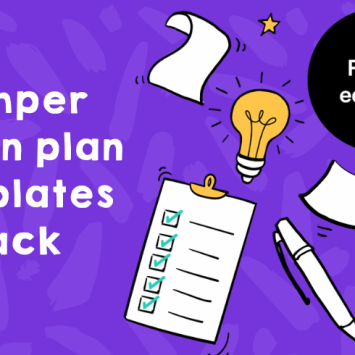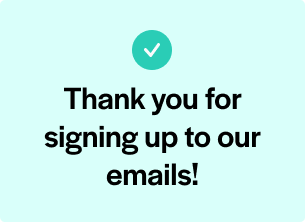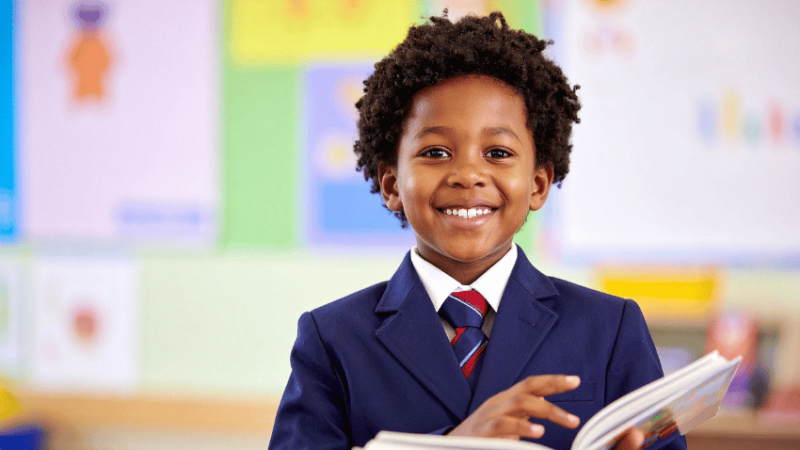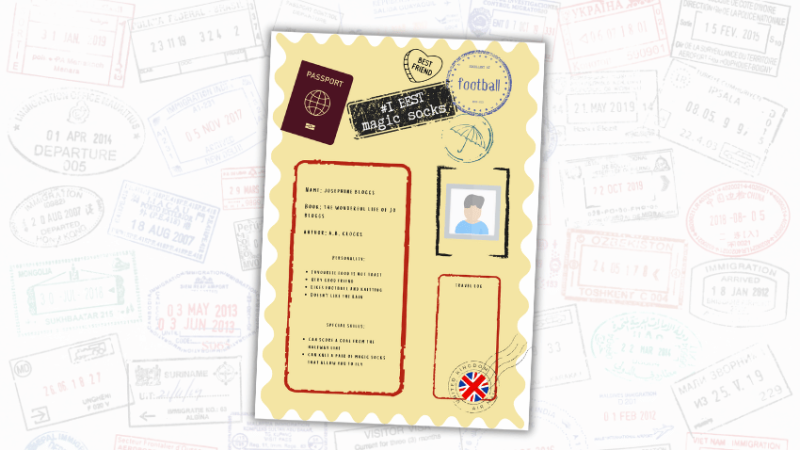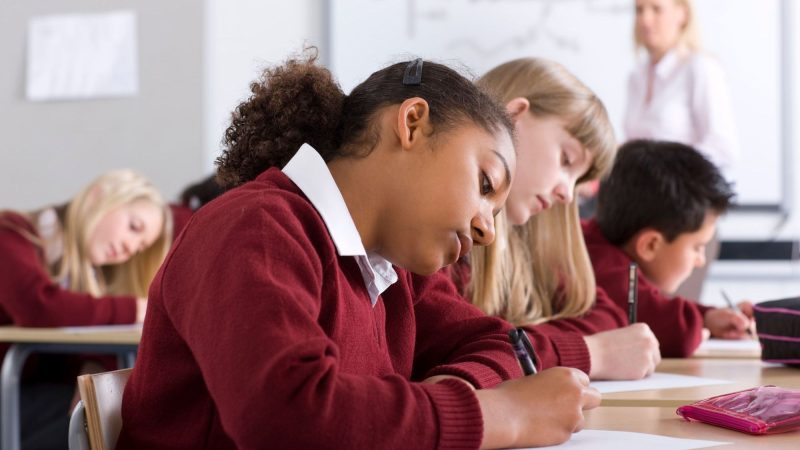Collins Big Cat – 20 years of inspiring confident, curious readers
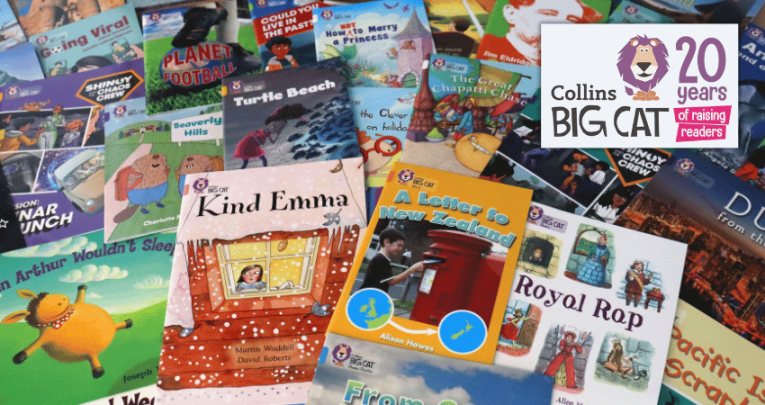
We explore the origins, impact and guiding principles of this ground-breaking programme – and discover why it continues to ignite a love of reading in classrooms across the country…

- by Collins
- Publishing educational and informative books since 1819 Visit website
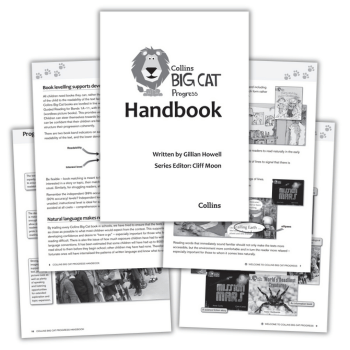
Collins Big Cat reading books may be a staple in your school. However, how much do you know about the decades of research, innovation and inclusive storytelling that have made it a trusted and widely used reading programme in UK schools?
Table of contents
What is Collins Big Cat?
Collins Big Cat is a multi-award-winning, market-leading reading programme that champions the importance of reading in schools. It has:
- 2,000+ fiction and non-fiction books in print, featuring work by more than 1,000 authors and illustrators
- been used in more than 12,000 UK schools and hundreds more around the world
- supported 2 million children every year to become fluent readers
Why is the Collins Big Cat reading programme effective?
Original stories and natural language may be the answer, explains Collins education and children’s publisher, Lee Newman…
When did the Collins Big Cat project begin and who masterminded it?
I was the last person in the office on Christmas Eve, 2004, quietly checking off minor file corrections for an urgent reprint of the first phase of Collins Big Cat, scheduled to publish on 5 January 2005.
I remember feeling simultaneously exhausted and exhilarated. All 100 titles had gone to press on time, and we’d already sold the first print run.
The beginning of Big Cat Big Cat was a high-profile project for HarperCollins’ Education division. It was meticulously researched and developed by publisher Jill Cornish and commissioning editor Eddie Rippeth.
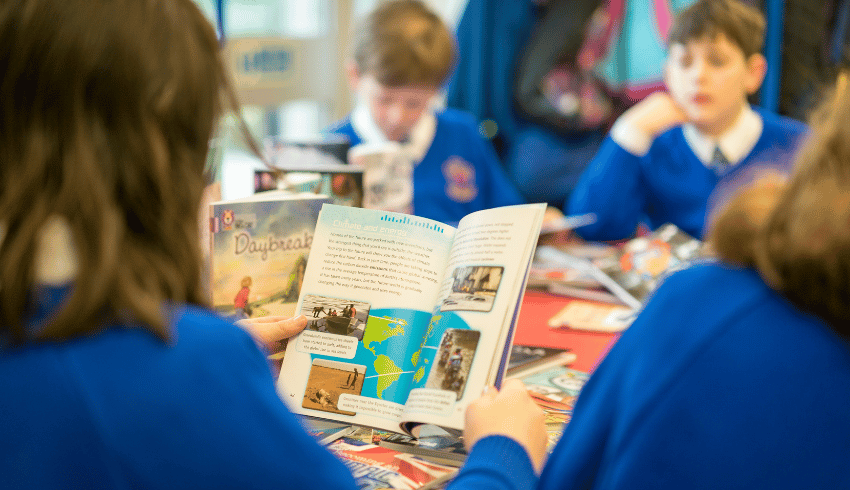
They shared a vision for combining the qualities of children’s picturebooks with the rigour of a levelled reading programme.
Abandoning the traditional model of a small team of authors and illustrators writing schematic books, they brought an unprecedented level of originality to the project. This involved commissioning a different author and illustrator pairing for almost every book.
First 100 titles
The end result was 100 titles in a range of formats and genres. They featured a dazzling array of leading authors, illustrators and photographers, offering excitement, choice and agency to their waiting readers.
We were a small team of just four, supported by a huge external range of freelance commissioning editors, proofreaders, editors, designers, and picture researchers.
“They featured a dazzling array of leading authors, illustrators and photographers”
In constant contact, we were able to draw on that vast well of experience. This included the creative skills of our design managers, Nikki Kenwood and Niki Merrett. This enabled us to elevate the quality and set a new industry standard for children’s reading books.
Read more: Independent review of new Collins Big Cat information books
One of the most important contributors to the entire project was the series editor, Cliff Moon. A former teacher, lecturer, author and respected literacy expert, Cliff’s annual guide to Individualised Reading (National Centre for Language and Literacy) was regarded as an indispensable listing of the readability levels of thousands of children’s books.
This and other reading taxonomies informed the development of Collins Big Cat’s finely graded reading progression. This takes children from pre-reading, with wordless, illustrated titles to fluent readers of 80-page books.
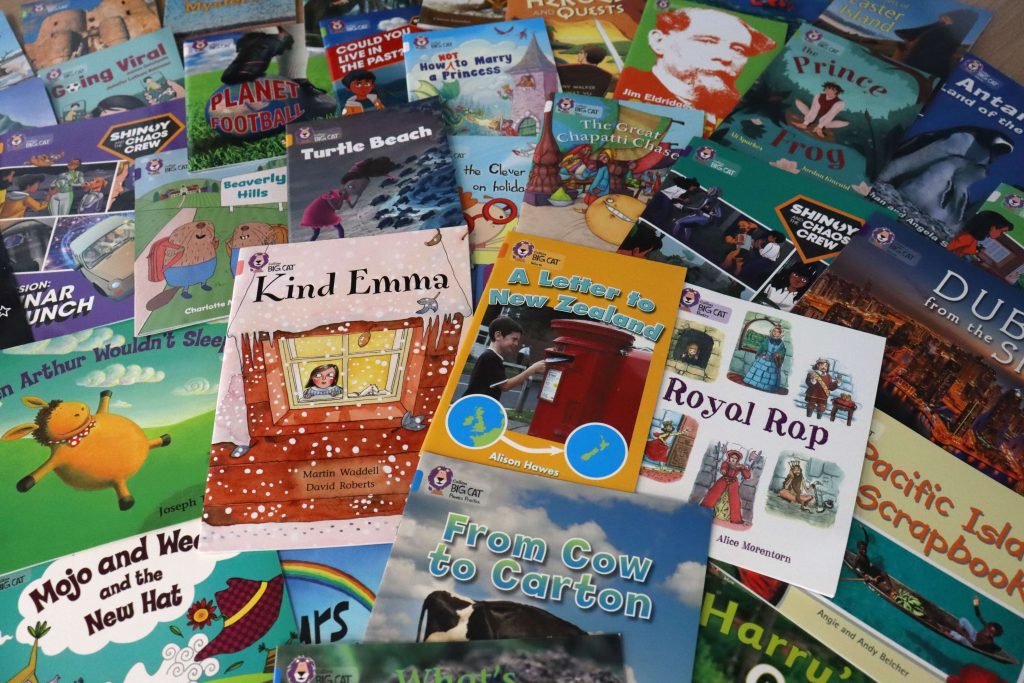
Guiding principles
Drawing on his own teaching experience, Cliff wanted children to develop their skills while reading for pleasure. He believed that:
- children need autonomy as readers
- young people have more inherent preferences and knowledge than we often give them credit for
- we should trust children to read what they want
He also believed that if we trusted children to choose books written in natural language, with all its nuances and oddities, we would be giving them the best possible start to their journey as readers.
Reading statistics
We have stayed true to the principles he enshrined in the programme. Those principles are acutely relevant today, where research reveals children’s growing disengagement with the act of reading.
Only 32 per cent of five to 10-year-olds frequently choose to read for enjoyment. This is down from 55 per cent in 2012. Despite reading aloud to children being a proven way to boost their enjoyment of reading, the number of parents reading aloud to children is at an all-time low.
Fewer than half (41 per cent) of babies to four-year-olds are read to frequently; a steep decline from 64 per cent in 2012.
“Only 32 per cent of five to 10-year-olds frequently choose to read for enjoyment”
Learning to read and reading to learn are often cited as limiting factors in enjoyment of books. This is exacerbated by diminishing access due to library closures and financial pressures on families.
But we must accept the reality that for many children, reading at school will be their only exposure to books. Even more important, then, to publish high-quality reading books thapt capture children’s imaginations, and inspire, inform and entertain.
Representation and inclusion
This responsibility and privilege has long driven the commissioning strategy for Collins Big Cat. We’ve published children’s contemporary fiction and non-fiction, classics and fairytales, retellings of Shakespeare, poetry, graphic novels and even joke books.
Our aim is to give children wide exposure to different forms of literature, showcasing the huge range of forms that books can take. This helps children to develop their own literary tastes.
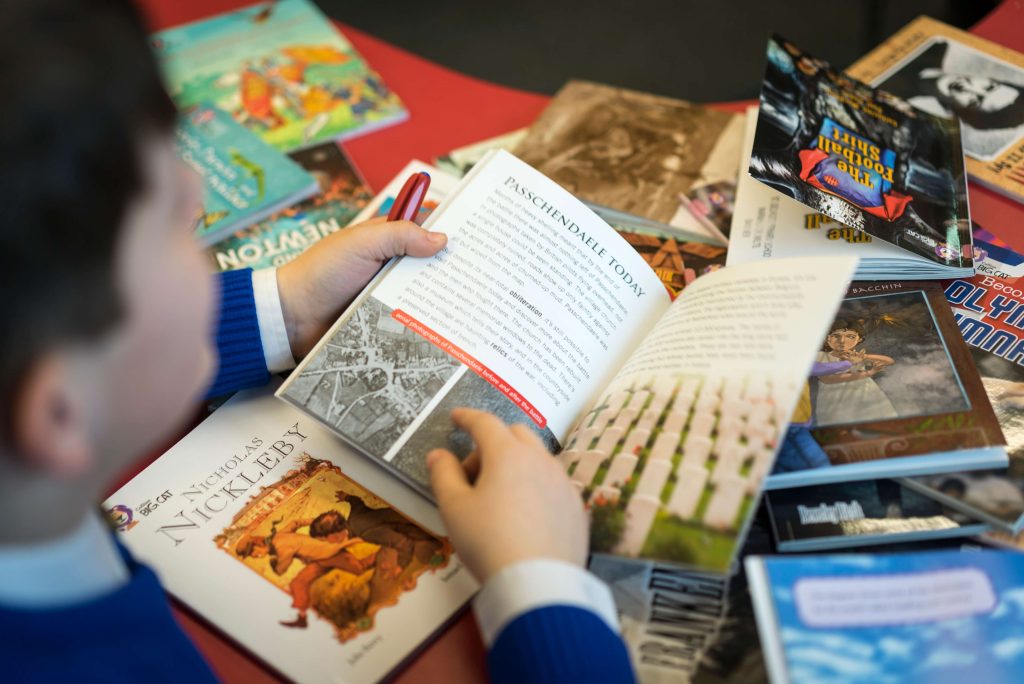
Recent years have seen us focus heavily on representation and inclusion. This includes:
- Lisa Rajan’s Tara and Dani Binns miniseries that showcases women in STEM careers
- the Time-Travelling Trio books from Nadine Cowan that shine a light on figures of Black history that have been omitted from traditional historical texts
- collections of books centred around neurodiversity, disabilities and long-term conditions, written and illustrated by contributors with lived experience, shared in an inimitable and authentic way
We want all children to see themselves in our books, so we take care to reflect the widest possible range of people, places, experiences, family structures and different socio-economic contexts; and we do so respectfully and authentically.
Decodable phonics books
We’ve applied these commissioning principles equally to our decodable phonics books. These have been a mainstay of our publishing programme over the last five years.
“We want all children to see themselves in our books”
In 2021 we were delighted to partner with the Wandle Learning Trust and Little Sutton Primary School, publishing resources and supporting books for their systematic synthetic phonics programme, Little Wandle Letters and Sounds Revised.
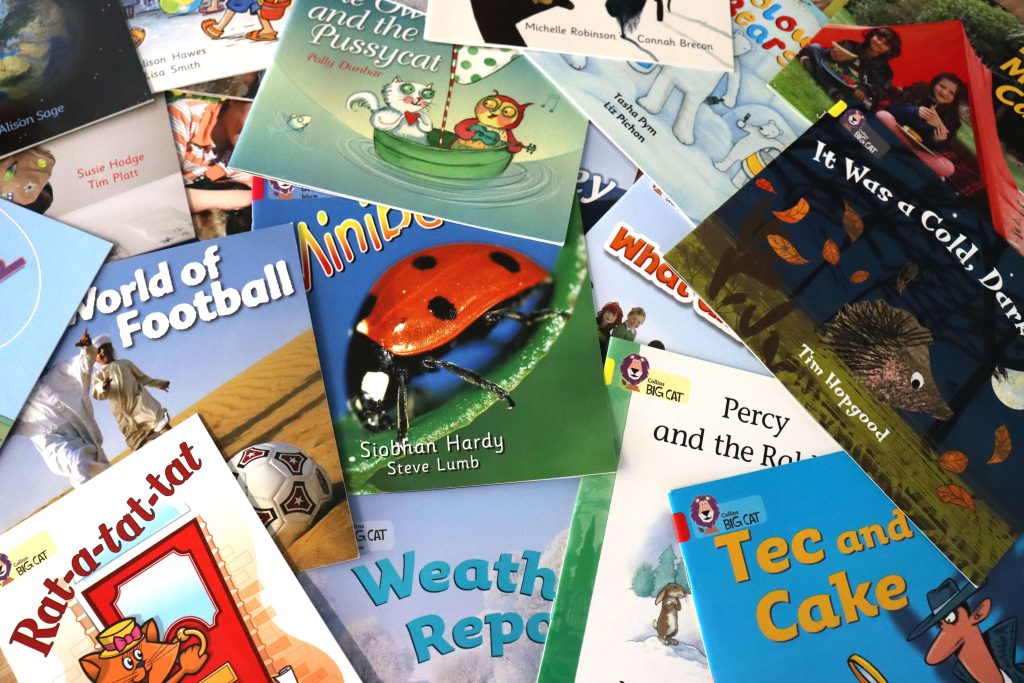
The programme is now used in more than 5,000 schools. In April 2025 it won a Teacher Tapp Gold Recommendation Award for having more than 90 per cent of teachers recommend the programme.
Once children have secured the phonic code and embedded their decoding skills, they can build reading fluency and stamina with exciting chapter books by leading authors such as Abie Longstaff, Joseph Coelho and Chris Bradford.
Lee Newman is the education and children’s publisher at Collins, chair of the Education Publishers Council at the Publisher’s Association, and a trustee of Book Aid Intl.
How to choose a reading programme for your school
Are you in need of a creative and effective reading programme? Consider these criteria:
- A diverse range of genres and topics to allow children agency and choice over what they read.
- Authentic representation and inclusion that gives all pupils a chance to see themselves in the books.
- Rich, high-quality texts that captivate children’s imaginations and transport them to new worlds, broadening their point of view.
- A clear and structured progression that helps pupils to secure early reading skills and build reading fluency at a pace that’s right for them.
- Comprehensive teaching and assessment support to save teachers planning and preparation time.
Collins Big Cat Read On – helping readers build stamina
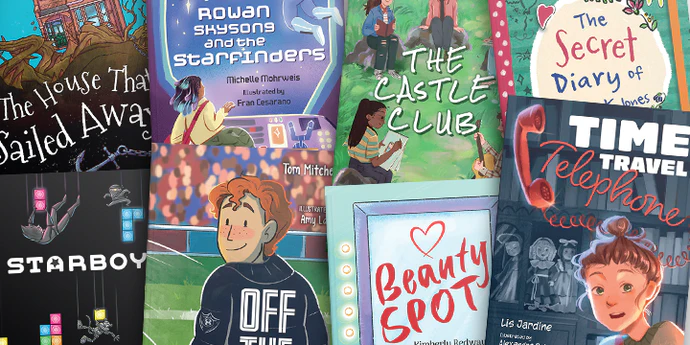
Keep the reading spark alive through the primary-secondary transition with the right books at the right time, says Collins Big Cat writer, Tom Mitchell…
Given that his dad is an English teacher and children’s author, you might imagine my 13-year-old son to be the world’s biggest reader. However, that’s not quite how things have turned out.
It wasn’t always this way, though; back in primary school, he loved reading. Every so often, my phone throws up a photo memory of him snuggled up with a book.
I’d like to say I wonder where that boy went, but I know exactly: he was chased away by SATs, 11+ exams, and secondary school homework.
And he’s not alone; HarperCollins recently released research showing that almost one in three (29 per cent) of children aged five to 13 now think reading is “more a subject to learn than a fun thing to do”.
Sparking interest
So here’s the question: how do we stop reading from becoming a chore? According to the National Literacy Trust’s 2019 Annual Literacy Survey, reading for pleasure levels drop significantly during the transition from primary to secondary school, falling from 72.7 per cent in Year 5 to just 48.8 per cent in Year 8.
For any parent or teacher, this won’t come as news. The move to secondary school is like reaching a new video game level: you’ve completed one world, only to find the next is tougher, darker, and full of new challenges. And that’s just the parents.
OECD data from the 2022 PISA suggests that UK secondary school students spend an average of two hours a day on homework.
Given this, it’s no wonder reading for pleasure falls away – especially if the new school shifts the emphasis from reading for fun to reading for assessment.
Reading for pleasure is like tending a campfire: it doesn’t need grand gestures, just regular attention, the occasional spark, and something to keep it burning. Left alone for too long, it fades to embers. Neglected completely, it dies out.
How, then, can we keep the fire burning? Clearly, kids need books that match their interests and their reading level; books that support not just a love of reading, but the habit of it.
“Reading for pleasure is like tending a campfire: it doesn’t need grand gestures, just regular attention”
The danger, however, is the dreaded ‘b’ word: boredom. I once received a negative Amazon review for one of my children’s books, for kids aged nine plus, in which the parent bemoaned the struggle their ‘precocious’ six-year-old had in reading it.
If you give children books that are too difficult, they’ll lose momentum. Similarly, if you stick to books that are far below their abilities, they will quickly outgrow them and stall again.
Collins Big Cat Read On series
This is where transition books come in. They aren’t just about keeping the wheels turning – they help young readers build stamina and confidence for the longer rides ahead. They bridge the gap, offering more complex characters and ideas without abandoning the fun.
The Big Cat Read On series is pitched at exactly this spot: accessible but never condescending, post-early chapter books, but pre-full-length YA. And in no way boring.
I was lucky enough to be asked to write two books in the first round of Read On. And I wrote what I’d want my son to have read at that age. Both Gold Rush and On the Bench are stories that are funny, real, and meaningful.
Because here’s the thing: books in these key years don’t need to be overly literary. They just need to keep kids reading.
Little and often
I realise my 13-year-old is unlikely to ever plead with me to bring a book with him on the supermarket drive with the same passion that he begs to be allowed his phone.
“Books in these key years don’t need to be overly literary”
But as I encourage him to read little and often, I hope the routine will help him rediscover that sense of ease and balance – where reading becomes just another way to enjoy the ride, rather than a task to prepare him for his GCSEs.
It’s an ongoing mission, and one I think would have been easier had I understood just how bumpy the transition between Year 6 and Year 7 could be.
We want our children to read not because they have to, but because they want to. As parents, teachers, and writers, it’s our job to make sure they leave primary school not just with skills, but with stories.
It’s not about leaping straight to the classics, but about building the confidence to get there – and keeping the fire gently fed along the way.



